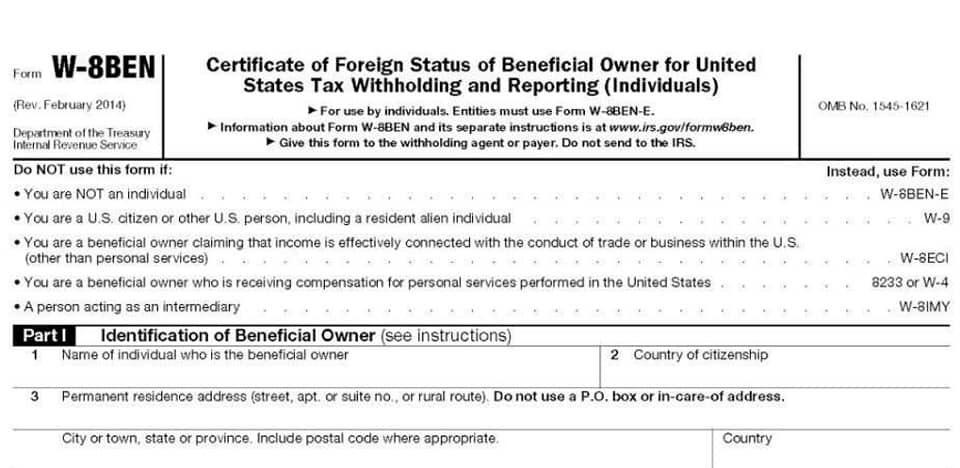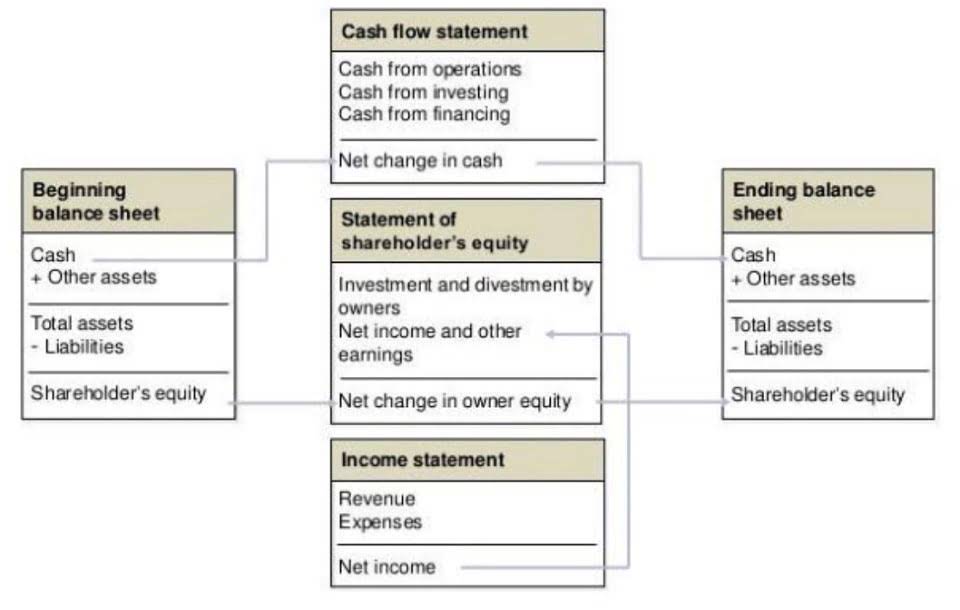
For lessors, there is less impact on the balance sheet under IFRS 16, as the lessor accounting model remains similar to IAS 17. The classification of leases into operating and finance leases continues to dictate how lessors recognize and present lease assets and income. The reforms to lease accounting standards are a testament to the ongoing efforts to enhance the accuracy, transparency, and comparability of financial reporting. They reflect a broader trend towards recognizing the economic substance of transactions in financial statements, ensuring that stakeholders have a comprehensive understanding of an entity’s financial commitments and resources. Historically, FRS 102 classified leases as either finance leases or operating leases, with operating leases being treated as off-balance sheet transactions. However, with the most recent amendments set to take effect on January 1, 2026, the distinction between the two is largely removed for lessees.
How do you report rental income?
- During The Great Recession of 2008, several firms with major leasing liabilities went bankrupt, despite a balance sheet that appeared clean.
- These examples illustrate the importance of carefully analyzing contracts to identify lease and non-lease components under IFRS 16, ensuring accurate accounting treatment and financial reporting.
- If a particular truck needs to be serviced or repaired, P is required to substitute a truck of the same type.
- Rent Manager is a product of Cincinnati, Ohio-based London Computer Systems (LCS), which got its start in 1988.
- The increased transparency from recognizing lease liabilities and ROU assets enhances the clarity of a company’s financial obligations.
- If your employer has contracted with HBS Online for participation in a program, or if you elect to enroll in the undergraduate credit option of the Credential of Readiness (CORe) program, note that policies for these options may differ.
The lease liability is the present value of the future lease payments and is recorded alongside the right-of-use asset for operating and finance leases. Under IFRS 16 and GASB 87, however, a lease liability is considered long-term debt. It’s important to know how to properly calculate the lease liability amortization schedule whether you plan to use Excel or lease accounting software. The more you know, the better you’re able to ensure that the calculation is accurate.

DON’T LEASE IT TOO LATE TO START THINKING ABOUT THE CHANGES TO UK GAAP
- Lease accounting refers to the set of rules and guidelines used to record and report lease transactions in financial statements.
- If selected, this alternative allows lessees to recognize lease payments as expenses over the lease term, without the need to to recognize a ROU asset or lease liability.
- Companies may need to update their accounting systems and processes to handle the ongoing requirements of ASC 842, such as periodic measurements and disclosures.
- The election needs to be made for relevant leased assets on a ‘class-by-class’ basis.
- The key difference between the old and new lease accounting standards primarily lies in how companies are required to account for and report their lease arrangements on their financial statements.
- The exemptions for short-term and low-value leases offer practical reliefs that simplify the accounting process for lessees.
4.1 Introduction The treatment of sale and leaseback transactions depends on whether or not the ‘sale’ constitutes the satisfaction of a relevant performance obligation under IFRS 15. The relevant performance obligation would be the effective ‘transfer’ of the asset to the contribution margin lessor by the previous owner (now the lessee). 3.3 Lease liability The lease liability is effectively treated as a financial liability which is measured at amortised cost, using the rate of interest implicit in the lease as the effective interest rate. In conjunction with the change in the lessee’s financial statement presentation, IFRS 16 also requires more robust disclosures.
Practical Examples of Lessee Accounting
Rent Manager is a product of Cincinnati, Ohio-based London Computer Systems (LCS), which got its start in 1988. Designed for property managers overseeing everything from single units to large portfolios, Rent Manager offers a powerful, all-in-one platform that streamlines customers’ operations. Someone may have used the wrong form, misspelled a name, entered an Accounting for Marketing Agencies incorrect amount or tax ID number, or marked the wrong checkbox. If you receive a 1099 for rent with inaccurate information, contact the payer or the company that issued the form.

With operating lease liabilities not recognized on the balance sheet, investors did not have a full picture of a company’s obligations. When the lease agreement is classified as a finance lease, the lessor will calculate the net investment in the lease using the present value of future expected lease receipts and record this amount as a receivable. Lessors are also required to derecognize the carrying value of the underlying asset. Any difference between the net investment in the lease and the carrying value of the underlying asset is recognized as a gain or loss on the income statement.
- Companies should start reviewing recurring expenditure and reviewing contracts in place to identify potentially hidden leases.
- Examples of low-value underlying assets can include tablets and personal computers, small items of office furniture and telephones.
- While MRI supports both commercial and residential properties, it truly shines in the commercial sector.
- At the same time, X enters into a contract with Y for the right to use the building for 20 years, with annual payments of $200,000 payable at the end of each year.
- The journal entries differ depending on whether the lease is classified as a finance lease or an operating lease.
- Refundable security deposits do not count as income and shouldn’t be included on a 1099.
This approach simplifies the transition but provides less comparability for users of the financial statements across reporting periods. Lease accounting refers to the set of rules and guidelines used to record and report lease transactions in financial statements. It includes identifying, measuring, and showing leases according to accounting rules like IFRS or GAAP. Companies should assess the impact of these changes on their financial reporting and ensure they are prepared for the transition.

Disclosure requirements
For entities across these industries, transitioning to and complying with IFRS 16 requires a nuanced understanding of the standard’s requirements and a thoughtful assessment of its implications for their specific operational realities. The reform process began in earnest with the recognition of these issues by accounting standards bodies, leading to a series of consultations and deliberations. The International Accounting Standards Board (IASB) and the Financial Accounting Standards Board (FASB) in the United States, recognizing the need for reform, embarked on a joint project to overhaul lease accounting standards. This collaboration aimed to bring about a convergence of international and US accounting standards, enhancing the global comparability of financial statements. The actual impact of the current macroeconomic environment on commercial real estate assets will differ on the basis of various factors, including geographic location, tenant-specific operations, and in-place lease terms. Commercial real estate entities, including real estate owners, operators, and developers, should continually monitor, evaluate, and update their lease-related accounting and reporting.
- If you should have received a 1099 from a tenant but didn’t, contact the tenant and request the missing form.
- While the lessee model for IFRS 16 is a single model approach, for lessors the operating and finance classification model continues.
- This platform is designed for independent landlords, so users don’t need to be property management pros to use it.
- In fact, considering Buildium’s available API, users can theoretically connect with any compatible platform.

The right-of-use asset represents the lessee’s right to use the leased asset, while the lease liability reflects the obligation to make lease payments. The adoption and ongoing compliance with IFRS 16 “Leases” represent a significant shift in the accounting for lease transactions, affecting entities across various industries worldwide. By bringing most leases onto the balance sheet, IFRS 16 aims to enhance transparency, improve financial reporting comparability, and provide stakeholders with a clearer picture of an entity’s accounting for lease financial obligations and resources. The standard’s comprehensive approach to lease accounting demands meticulous attention to detail, rigorous process management, and strategic planning.

Lease accounting in real estate firms presents several challenges, primarily due to the complexity of lease agreements. These agreements often contain multiple components, such as rent escalation clauses, renewal options, and variable payments, making it difficult to accurately capture and report financial data. Another significant consideration is compliance with accounting standards such as ASC 842 and IFRS 16. This includes adjusting for any variable lease payments that are not included in the initial measurement of the lease receivable.
